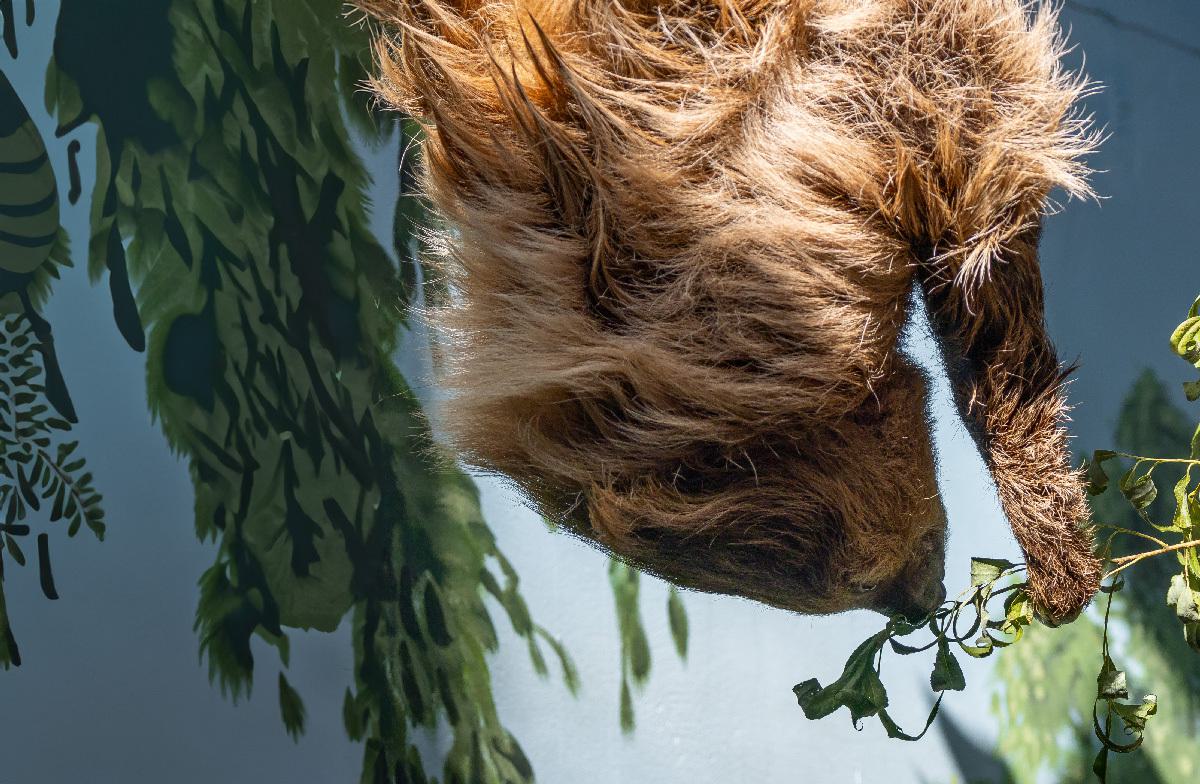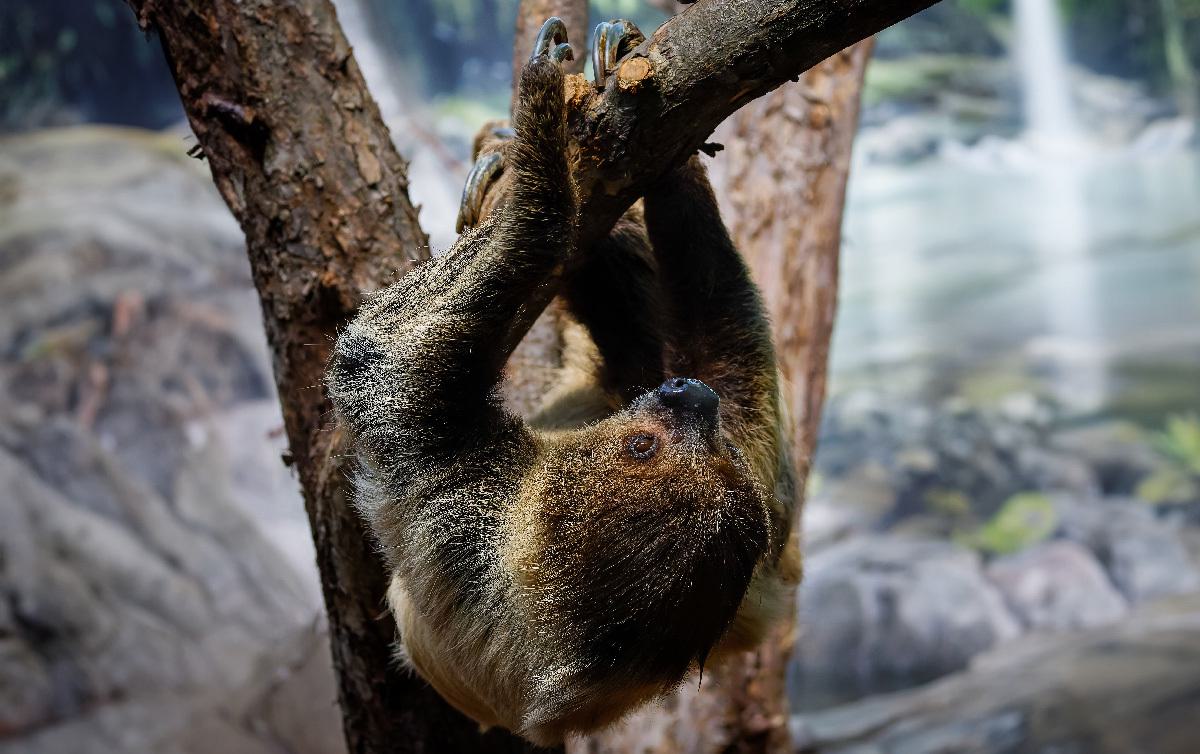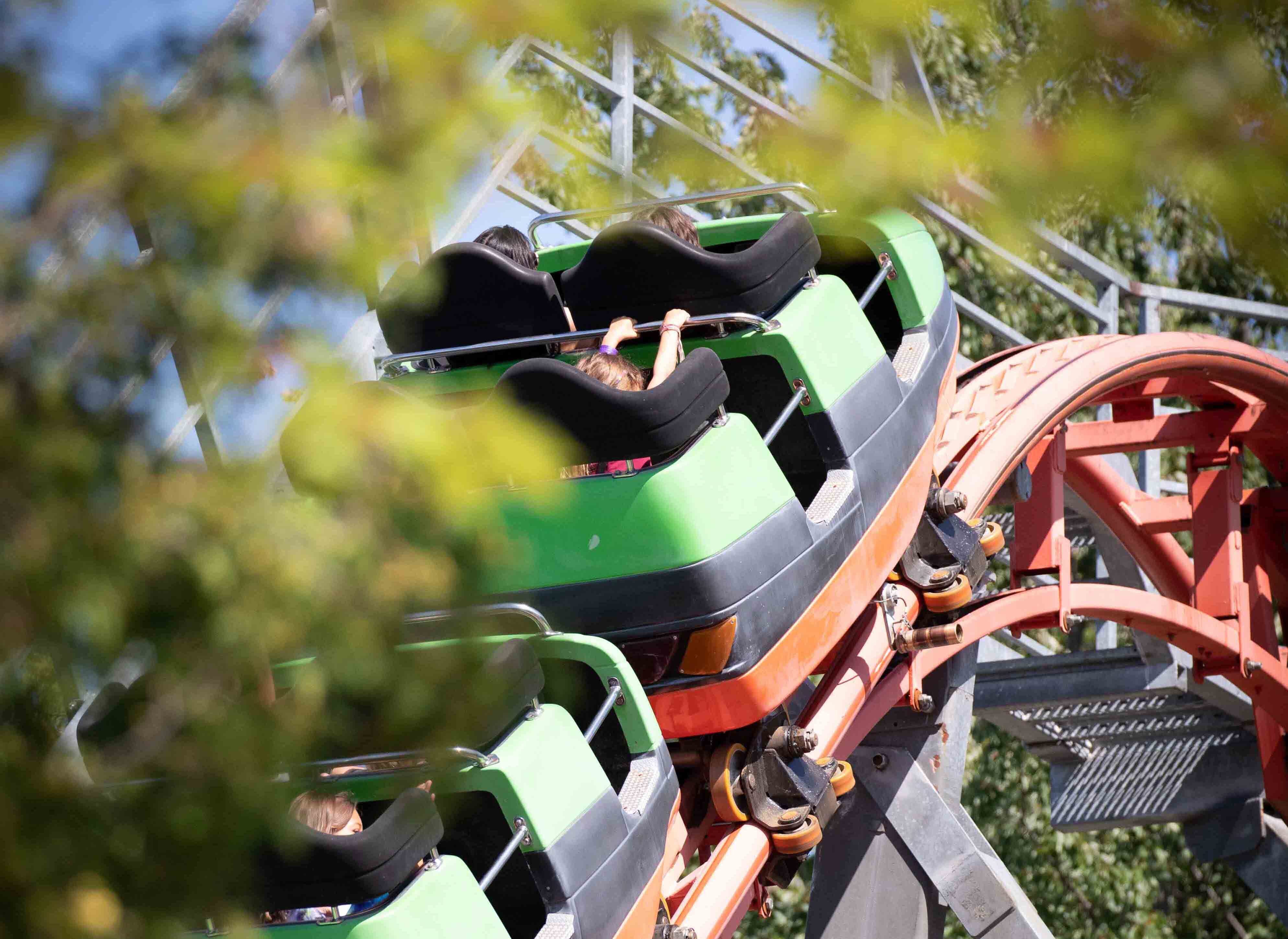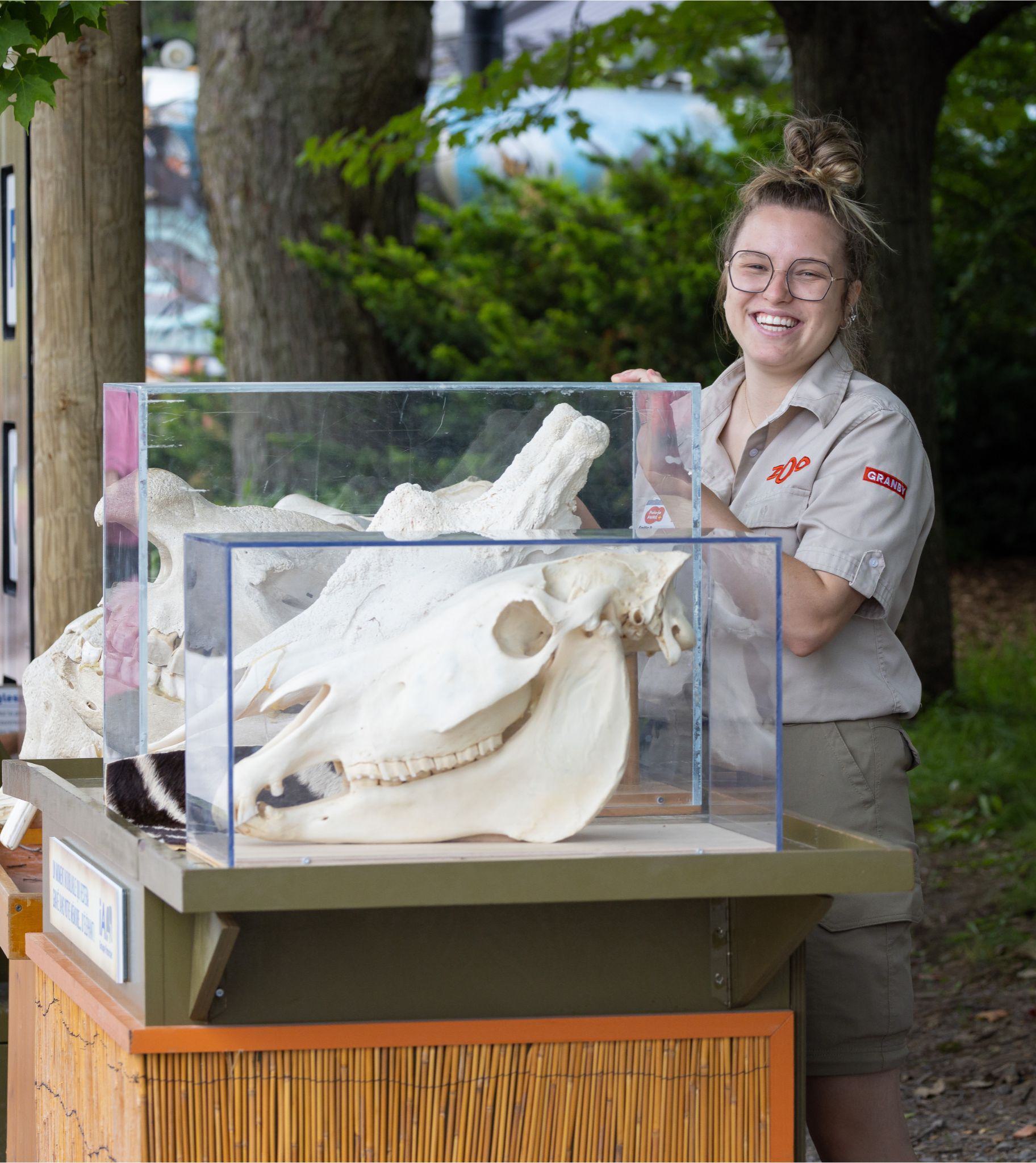A Name for Our Baby Sloth
Born on January 22, the adorable offspring of female Tica and male Poui-Poui is now nearly one month old. Still clinging tightly to its mother’s belly, the little one is curiously observing its world. A first health check-up will be conducted by our veterinary team between the ages of 2 and 6 months. Until then, it will gradually begin to explore its environment independently and start trying solid foods. At this stage, it’s impossible to determine whether the baby is male or female, as sloths have internal reproductive organs and both sexes look alike externally.
From the three gender-neutral names proposed by our Zoo team, you made your choice: which one won the popular vote—Paz, Luz, or Nuqui?

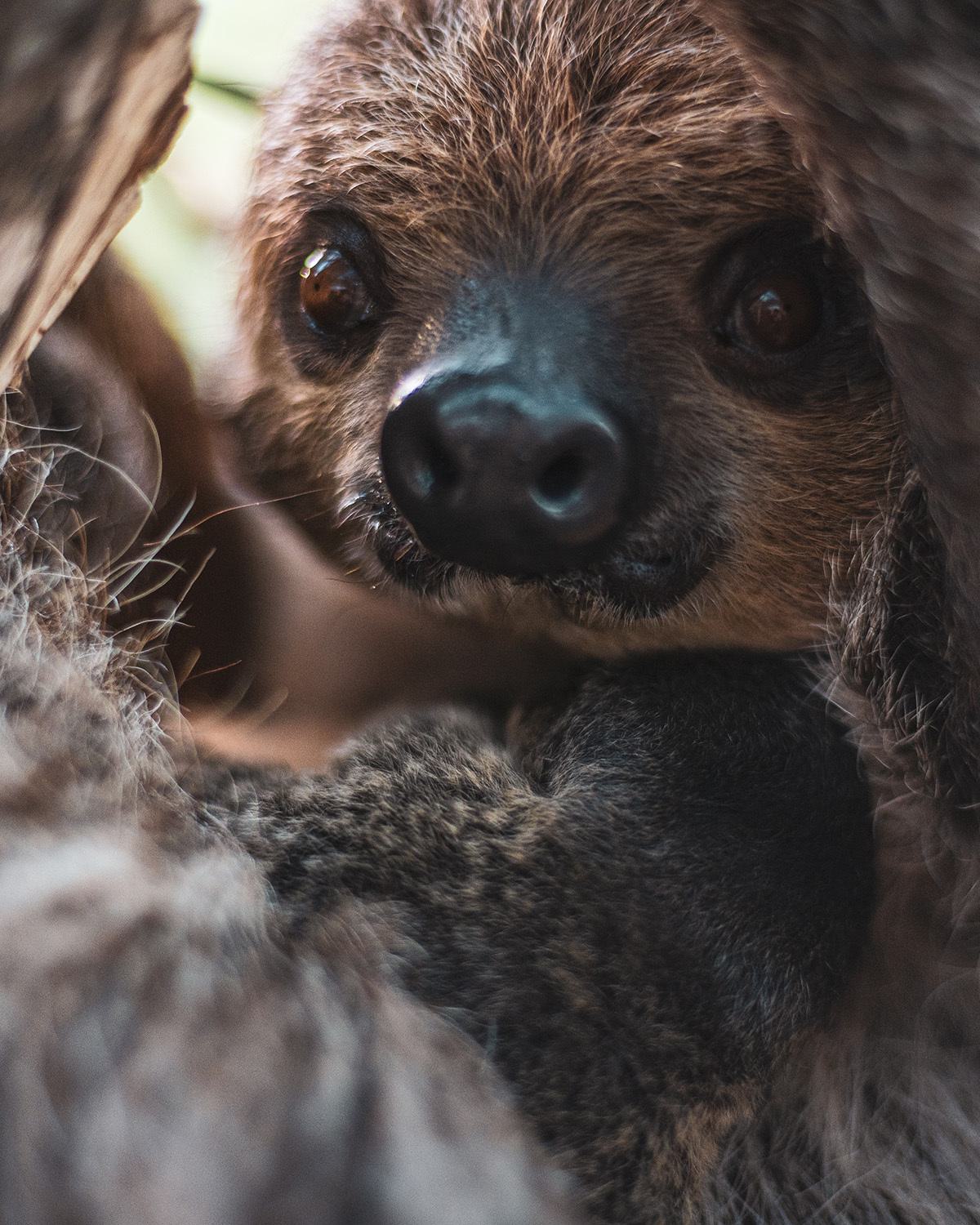
Peace, Light, or Paradise on Earth?
Since sloths originate from South America, the team wanted to honor their natural roots with a name in Spanish. Paz means “peace,” Luz means “light,” and Nuqui refers to a “paradise on Earth.”
The birth of a two-toed sloth was a true celebration for our Zoo family—a real ray of sunshine in the cold of our Quebec winter.
This feeling of warmth and joy inspired the names “Luz” and “Nuqui.” “Paz,” on the other hand, reflects the sloth’s peaceful nature, its calm and soothing demeanor.
____
And the Winner Is…
The first two-toed sloth ever born at Granby Zoo is officially named PAZ!
Many of you on social media mentioned that in these uncertain times, we could all use a little more peace in our lives—this sentiment tipped the scales! An overwhelming majority voted for this beautiful name. Nuqui came in second, followed by Luz.
Who are the Sloths?
This peculiar mammal, which spends its life hanging upside down, is a testament to Mother Nature’s creativity.
Both its appearance and way of life are unique — completely different from the North American mammals we’re used to.
Here are some of its fascinating characteristics :

